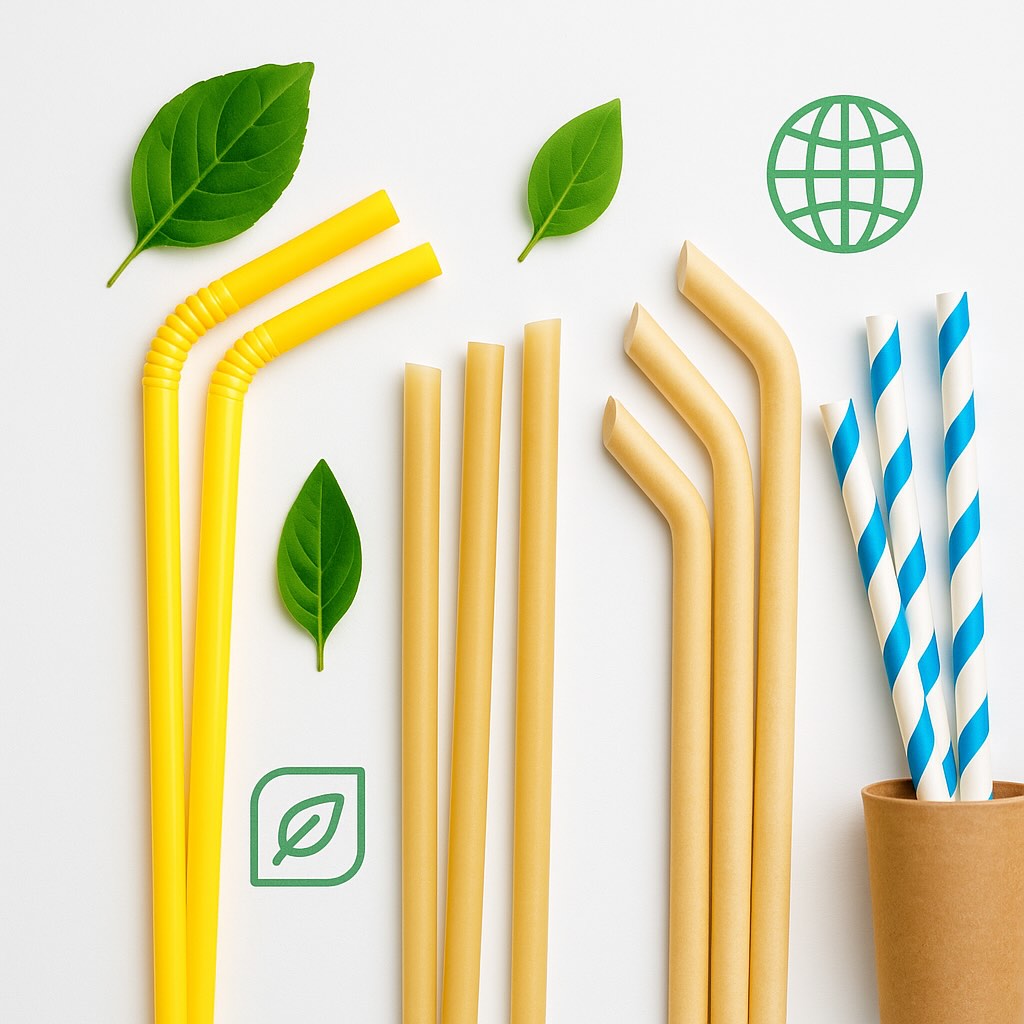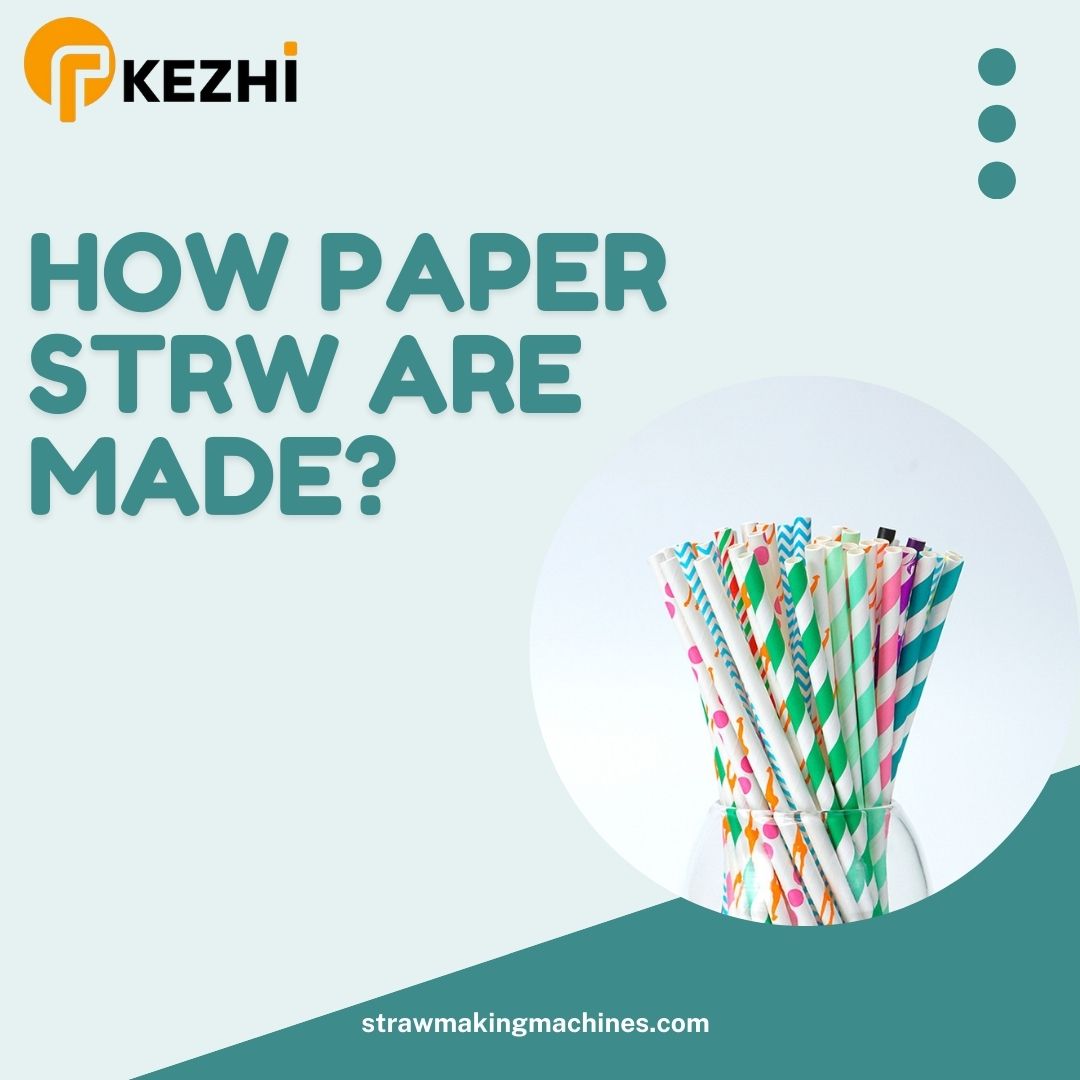If you’re someone who’s kept up with plastic alternatives, you may be asking what is PHA. PHA is one of the newest bio-based polymers to hit the sustainability scene and is being used in everything from straws to toothbrushes. Read on to learn more about this innovative material.
What is PHA?
PHA, or polyhydroxyalkanoates, is a bioplastic made by microorganisms that is much more compostable than other bioplastics like PLA (polylactic acid). It is becoming more well-known for its versatility and environmental friendliness. PHA works like traditional plastic but without the negative environmental consequences.
PHA is made from plant-based feedstocks, including waste. PHA is a bio-based biopolymer made by bacterial fermentation of vegetable oils, sugars, starches, methane, and wastewater. This process mimics what happens in nature by creating proteins, starch, and cellulose.
What are the Benefits of PHA?
PHA has many environmental, material, medical, and economic benefits.
Environmental Benefits of PHA
• Biodegradability: PHA is completely biodegradable in soil, marine, and compost environments, reducing plastic waste and its harmful effects on ecosystems.
• Renewable Resources: PHA is made from renewable resources, such as plant oils and sugars, making it a more sustainable alternative to petroleum-based plastics.
• Lower Carbon Footprint: PHA production emits less greenhouse gases than traditional plastics, helping to reduce overall carbon emissions.
Material Benefits of PHA
• Versatility: PHA can be tailored to have a wide range of properties, from rigid and tough to flexible and elastic, making it suitable for applications like packaging, agricultural films, and consumer goods. It is also FDA-approved for food contact.
• Thermal Stability: Some types of PHA have good thermal stability, making them suitable for products that will be exposed to high temperatures.
• Barrier Properties: PHA often has excellent barrier properties against water vapor and gases, making it ideal for food packaging and other applications that require protection from moisture and oxygen.
Medical and Biomedical Applications of PHA
• Biocompatibility: PHA is biocompatible, making it safe for use in medical devices like sutures, wound dressings, and tissue engineering scaffolds.
• Controlled Degradation: The degradation rate of PHA can be controlled based on its composition, making it useful in applications like drug delivery systems where a slow release is needed.
• Non-Toxicity: The degradation products of PHA are non-toxic, which is important for medical applications inside the human body.
Economic and Industrial Benefits of PHA
• Diverse Feedstocks: PHA can be produced from a variety of feedstocks, including agricultural by-products and waste materials, which can help lower production costs and improve economic viability.
• Process Compatibility: PHA can be processed using conventional plastic manufacturing equipment, which allows for easy integration into existing production lines without the need for major changes.
How PHA is Used for Straws
Because of its versatility and environmental benefits, PHA is becoming a popular material for making eco-friendly straws. PHA straws look, feel, and perform like traditional plastic straws but without the environmental harm.
PHA straws are biodegradable and will break down in compost environments or even marine environments without leaving behind harmful microplastics. PHA straws are a versatile and eco-friendly alternative for regular drinks, cocktails, and smoothies.
At Good Start Packaging, our PHA straws are made from Nodax PHA, which is made by Danimer Scientific. The process starts with canola or soybean seeds. The seeds are harvested, crushed, and refined into oil. Soil bacteria use the byproducts of this process to create PHA in a controlled fermentation environment. The result is a heat- and UV-resistant material that is FDA-approved for food contact.
How to Dispose of PHA Straws
Because PHA is biodegradable, there are several environmentally friendly ways to dispose of PHA straws:
• Industrial Composting: PHA straws can go into industrial composting facilities that create the right conditions for rapid biodegradation. Check with your local waste management to see if compostable plastics are accepted.
• Home Composting: PHA straws will also biodegrade in home compost bins, although it will take longer than in industrial composting. You will need to have the right conditions for aeration, moisture, and temperature.
• Organic Waste Bins: Many municipalities have organic waste collection programs that send waste to composting facilities where PHA can break down.
• Landfill: While not ideal because it will take longer to degrade, PHA straws will biodegrade in landfill conditions.
• Environmental Disposal: PHA straws are marine-degradable, which means they will break down in marine environments. However, you should not litter and should dispose of them properly.
• Recycling: There are currently no recycling options for PHA materials, but that may change as waste management practices evolve.
For the most eco-friendly disposal, composting is the way to go. Always check with your local waste guidelines to see what the proper disposal options are.
Is PHA Allergen-Free?
Yes, PHA is allergen-free due to its biocompatibility and lack of proteins. Even though it may be made from soy, the oils are refined and not the proteins from the soybeans, so there are no allergenic concerns.
Is PHA Used in Skincare Products?
It’s easy to confuse PHA with another compound that has the same acronym. Polyhydroxyalkanoates (PHA) used in bioplastics are different from polyhydroxy acids, which are used in skincare. Polyhydroxy acids (PHAs) are popular in skincare because they are gentle exfoliators, like alpha-hydroxyl acids (AHAs) and beta-hydroxyl acids (BHAs).
What Products Is PHA Used In?
PHA can be used in a wide variety of products, from everyday items to specialized medical devices, due to its versatility. It is used in:
• Food packaging like straws, cutlery, and disposable cups
• Medical and biomedical products like sutures and wound dressings
• Biodegradable mulch, cosmetic containers, shampoo bottles, textiles, and waste bags
• Eco-friendly lubricants and hydraulic fluids
• Automotive interior parts like panels and trims
The wide variety of applications and environmental benefits of PHA make it a promising solution for replacing traditional plastics in many industries.






